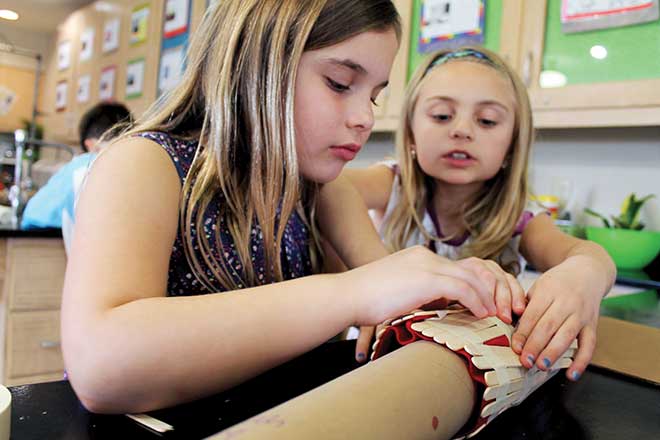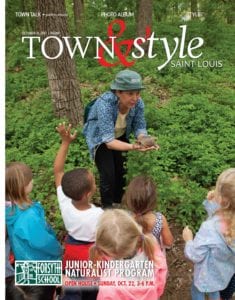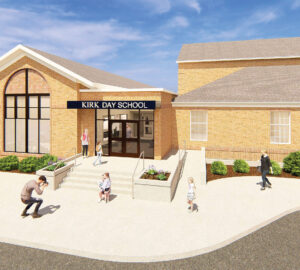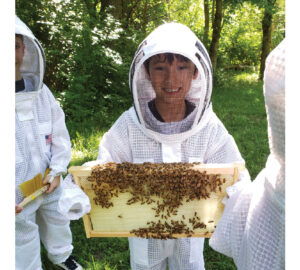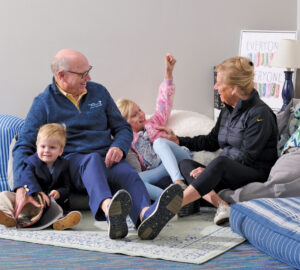The future of the planet depends largely on how we educate the future students today. That’s why actively involving children in the natural and physical sciences is a strong focus of Forsyth School’s curriculum. The independent elementary school in the Clayton area has developed innovative, hands-on educational programs that engage all the senses to help students retain and appreciate what they learn in the classroom.
Science teacher Christine Torlina says Forsyth’s Junior-K Naturalist program is one of the most effective ways the school creates interest in science and nature for its youngest students. Launched a year ago, it takes students and teachers across the street to Forest Park’s Kennedy Woods Savanna three times a year. There, kids enjoy physical activity while observing animals, insects, plants, habitats, changing seasons and how they all interact, Torlina says. In autumn, lessons focus on seeds and squirrels; in winter, animal tracks and trees; and in spring, insects and flowers. Students also engage in role playing and discussions about what they’ve learned.
“We want to help children build a positive relationship with the natural world,” Torlina says. “This may be the first real outdoor experience some of them have, especially in our increasingly electronic world. We do a lot of moving and singing in early childhood science, and that helps them remember information. Getting kids actively involved in the concepts we teach is much more effective than just having them watch or hear about it.” Torlina says the program also helps dispel children’s fears about bugs and animals and gives them an appreciation for how ecosystems interact. “We encourage our students to bring their families back later to explore the outdoors,” she says. “They’re experts by that time!”
Science teacher Sharon Anibal says the school also jump-starts young minds by introducing them to biomedical engineering and other technologies at an early age. “We learn about the human body in second grade, including the skeletal system and muscles, and we’ve developed ways to bring real-world experience to those lessons,” Anibal says. For example, second-graders are given a variety of materials and asked to engineer an effective knee brace for an injured person at an imaginary campsite. “They take on the role of biomedical engineers and can use foam, Velcro, wood, tape, string, whatever works to get the injured person back to safety,” she explains. “It’s also a good lesson about compassion and resourcefulness in a crisis.”
Third-graders learn about electricity and design their own games using motors, switches and lights. Fourth-graders study water quality and have ‘adopted’ a Forest Park stream to learn about invertebrates and pollution. They also learn about seismology and use a moving ‘earthquake table’ to figure out which building materials hold up best in a tremor. And to correlate with lessons in space technology, fifth-graders design their own thermal protection shields to show how spacecraft can withstand the heat of re-entry. They use different materials to create shields to protect an egg from a blowtorch flame.
“Teachers also integrate music, history, math and problem-solving skills into science lessons at every opportunity,” Anibal says. “Research has proven that when students enjoy and experience scientific concepts for themselves, they understand them more deeply and remember them longer.”
Forsyth School will hold an open house from 3 to 6 p.m. Oct. 22, including campus tours and a picnic.
Forsyth School, an independent elementary school in the Clayton area, serves students from age 3 to grade six. Pictured on the cover: Science teacher Christine Torlina shows students the wonders of nature. For more information on the school and its Oct 22 open house, call 314.726.4542 or visit forsythonline.com.
Cover design | Julie Streiler
Cover photo | Michael Defilippo





